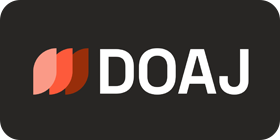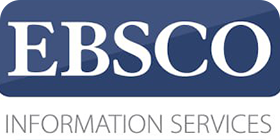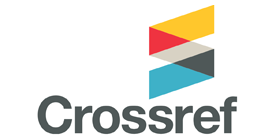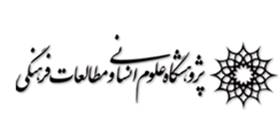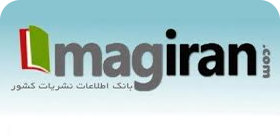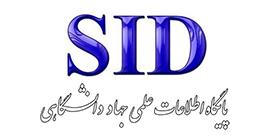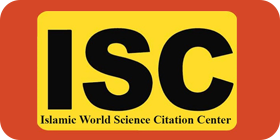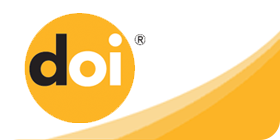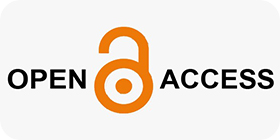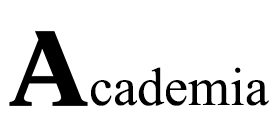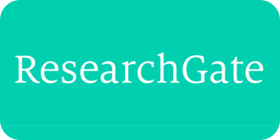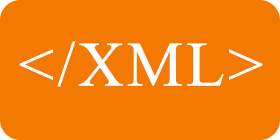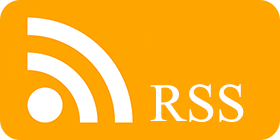Identification and Ranking of the Components of a Development-Oriented, Progress-Centric Organization Based on an Education-Oriented Model (Case Study: Islamic Republic of Iran Broadcasting)
Keywords:
education-oriented, development-oriented, progress-centric, dynamic mediaAbstract
Purpose: The aim of this research was to identify and rank the components of a development-oriented, progress-centric organization based on an education-oriented model (case study: Islamic Republic of Iran Broadcasting). Methods and Materials: The research method was fundamental-applied in terms of its goal, cross-sectional in terms of data collection time, and mixed with an exploratory approach in terms of data type. The qualitative study population included academic experts, managers, and specialists in management, mass communication, and human resources from the Islamic Republic of Iran Broadcasting in Tehran. Using the principle of data saturation and non-probability purposive sampling, a sample size of 22 individuals was selected. The quantitative study population consisted of 103 senior managers of the organization, from which a sample of 79 individuals was determined using Cochran’s formula and simple random sampling. To collect data, semi-structured interviews and the Delphi technique were used in the qualitative phase, while a researcher-made questionnaire was employed in the quantitative phase. Findings: The prioritized dimensions affecting a dynamic media organization included three main dimensions: progress-centric with 17 components, development-oriented with 11 components, and education-oriented with 11 components. Data analysis in the qualitative phase utilized the Delphi technique and coding with MAxqda software, while in the quantitative phase, the AHP ranking technique and structural equation modeling with PLS software were applied. The findings indicated that the education-oriented model had an impact on the development-oriented organization (0.759) and the progress-centric organization (0.787). Additionally, the development-oriented and progress-centric organization models influenced the media dynamism of Islamic Republic of Iran Broadcasting, with coefficients of 0.353 and 0.609, respectively. Conclusion: This study highlights the importance of development-oriented, progress-centric, and education-oriented organizational models. Effective management, continuous learning, and strategic leadership are crucial for organizational success. Implementing these models can enhance adaptability, innovation, and competitiveness, making organizations better equipped to handle changing environments and achieve long-term goals.

